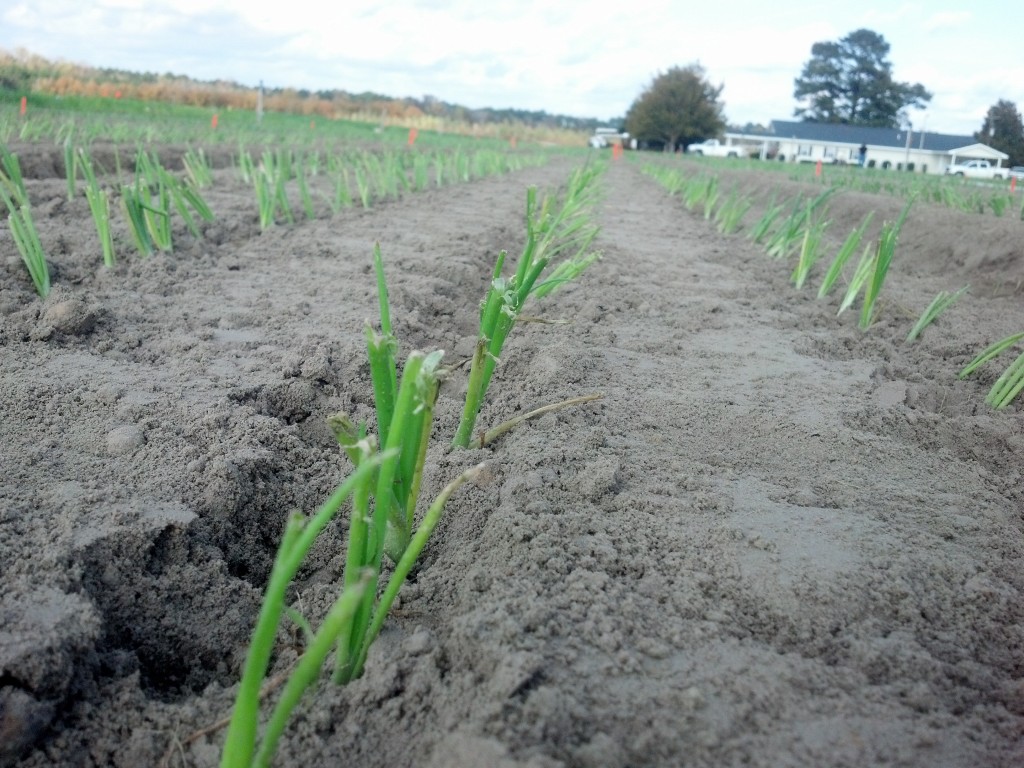
Dogwood Trees
Chris Tyson, Tattnall Extension
I have been getting a lot of calls lately about dogwood trees. Some are getting spots on the leaves, some are wilting and dying, and some have been dropping leaves. Others have just been planted and are struggling to survive. Dogwood trees can make a beautiful addition to any southern landscape, but the most important thing we can do to ensure dogwood success is to plant them in the correct location.
Dogwood trees do not like full sun! Best results will be obtained when dogwoods are planted in association with larger trees that provide moderate shade. In the wild the dogwood is commonly found as an understory tree growing under hardwoods and pines. Growth problems are more likely in hot, dry exposures. This is probably the most common issue I see with dogwood trees – they are planted in full sun, and do ok for a while. After a few years, they are dying out and struggling to survive.
Dogwoods are adaptable to several types of soils; however, they naturally grow in moist, fertile soils high in organic matter. They are never found in poorly drained locations in the woods. Their primary demands are good soil drainage and protection from drought. Planting in poorly drained areas will usually result in the tree dying.
Besides the location of the tree, another simple thing you can do to help maintain a healthy dogwood tree is to mulch the area underneath the tree. Most tree roots are within the top 12 inches of soil, and they extend several feet beyond the spread of the canopy. Mulching a wide area under the tree will maintain an even moisture level and will insulate the roots from winter cold and summer heat. Pine straw, pine bark or fall leaves, applied to a depth of 3 to 4 inches, provides an excellent mulch.
